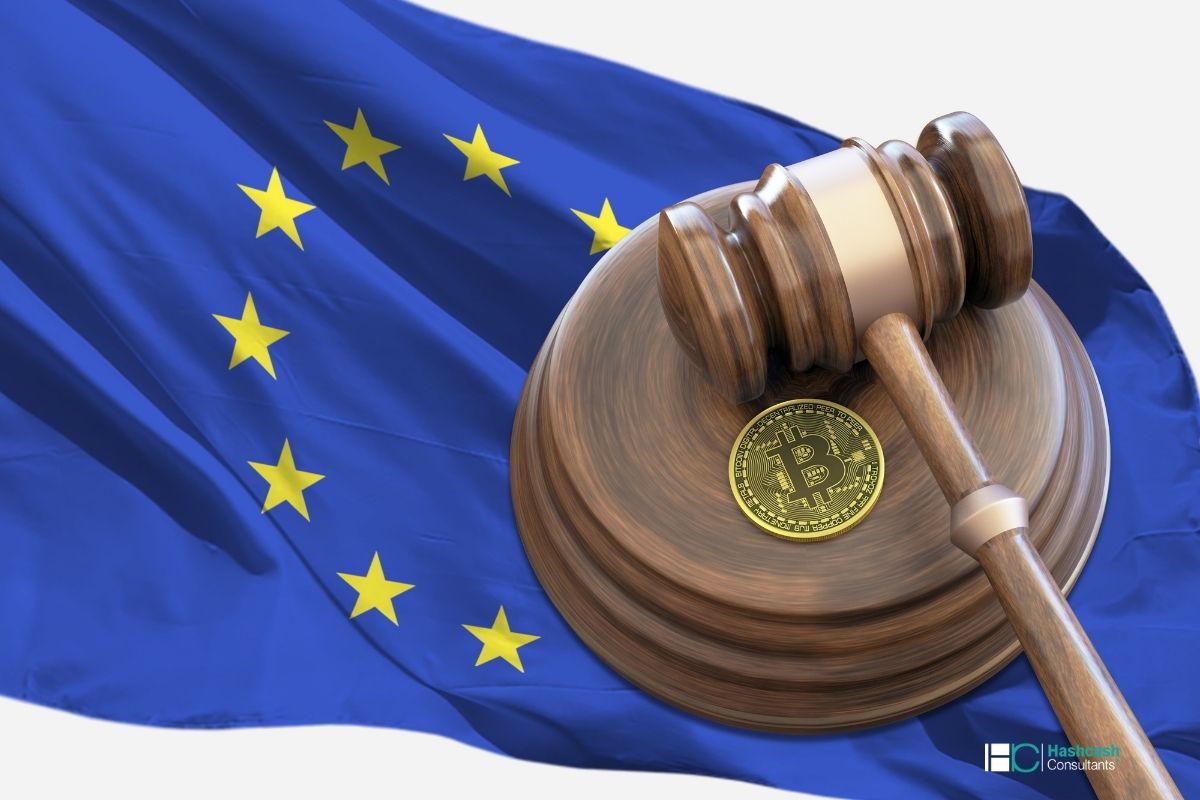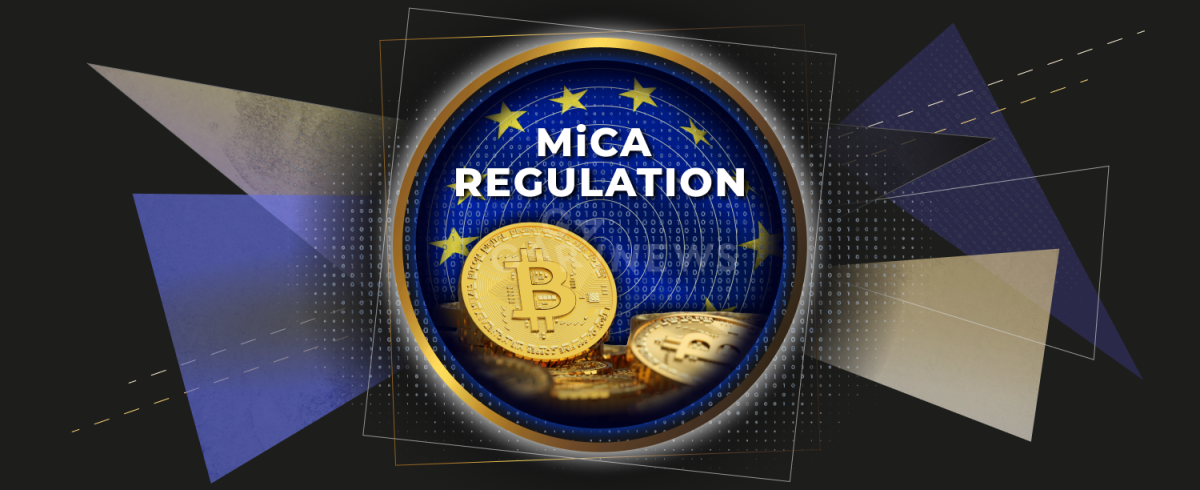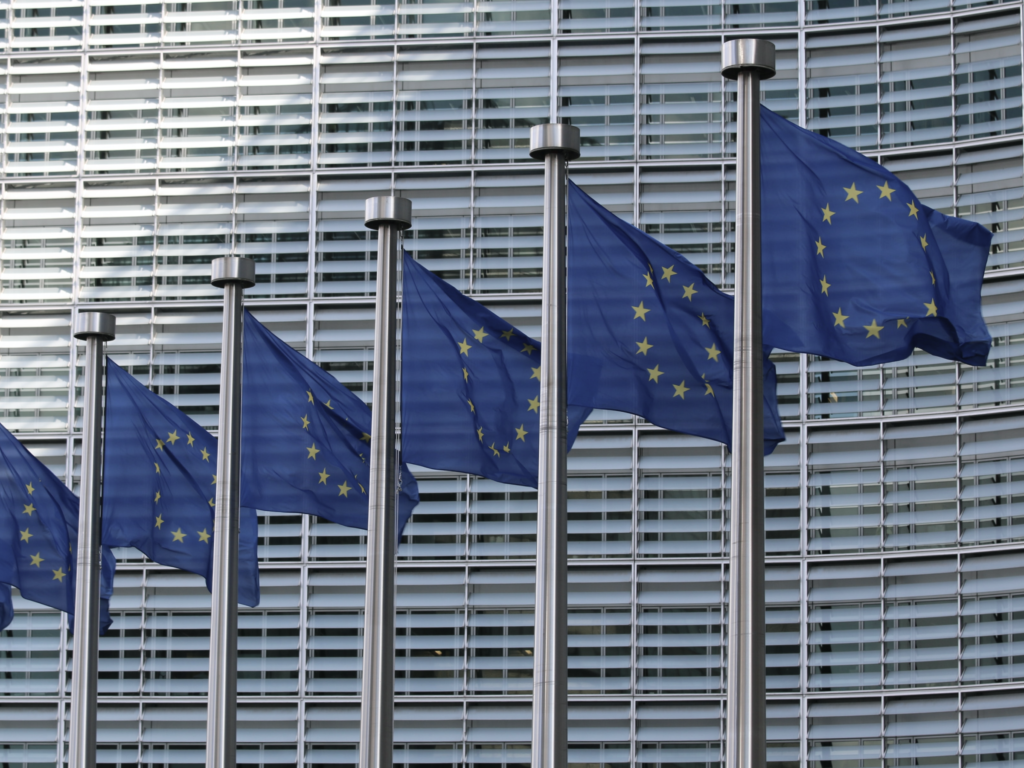European Crypto Regulation : What it is
European Crypto Regulation: What It Is The European crypto market has been growing rapidly in recent years, attracting both investors and enthusiasts alike. To keep up with this evolving landscape, European authorities have implemented regulations to ensure the smooth operation and security of crypto assets. In this post, we will dive into the details of the European crypto regulation, known as Markets in Crypto-Assets (MiCA). 1. What is MiCA? MiCA stands for Markets in Crypto-Assets and is a comprehensive regulatory framework designed to address the challenges and risks associated with crypto assets. It aims to provide legal certainty for issuers and service providers while protecting consumers and investors. 2. Key Objectives of MiCA The MiCA regulation has several core objectives, including: a. Investor Protection: MiCA aims to establish a level playing field for investors by introducing transparency requirements and ensuring a clear separation between custodian and trading activities. b. Market Integrity: The regulation seeks to prevent market abuse, insider trading, and fraudulent activities within the crypto market. c. Financial Stability: MiCA intends to safeguard the stability of the financial system by addressing the potential risks posed by crypto assets. d. Innovation: While aiming to provide a secure regulatory environment, MiCA also encourages innovation in the crypto space, allowing market participants to adapt and develop new technologies. 3. Scope of MiCA MiCA applies to various crypto assets and activities within the European Union (EU). It covers both privately issued assets (such as cryptocurrencies and stablecoins) and specific types of crypto-assets issued by central banks or public bodies (known as central bank digital currencies or CBDCs). Furthermore, MiCA encompasses a wide range of crypto-related activities, including issuance, custody, trading, and exchange services. 4. Licensing and Approval Under MiCA, issuers, custodians, and trading platforms are required to obtain licenses from their respective national authorities. These licenses ensure that service providers meet specific regulatory requirements, including capital requirements, cybersecurity measures, and compliance procedures. By obtaining these licenses, companies can operate legally within the EU and provide their services to customers across member states. 5. Consumer Protection Measures MiCA incorporates various consumer protection measures to enhance trust and confidence in the European crypto market. These measures include: a. Disclosure Requirements: Service providers must disclose clear and concise information about their services, risks, and costs to consumers. b. Investor Warnings: Regulatory authorities are empowered to issue warnings about high-risk or fraudulent crypto assets or services. c. Complaint Handling: Service providers must establish effective complaint-handling procedures to address consumer grievances. 6. Market Surveillance and Supervision MiCA establishes a robust framework for market surveillance and supervision, allowing regulatory authorities to monitor the crypto market effectively. Market surveillance involves collecting and analyzing data from crypto exchanges and other service providers to detect potential market abuse, manipulation, or insider trading. Supervision ensures that licensed entities comply with the regulatory requirements and operate in a transparent and fair manner. 7. Implications for Crypto Market Participants MiCA brings significant implications for market participants, including: a. Compliance Requirements: Issuers, custodians, and trading platforms must adapt their operations to comply with the regulatory obligations set out by MiCA. b. Regulatory Costs: Obtaining licenses and ensuring compliance with the regulatory framework can result in additional costs for crypto businesses. c. Investor Confidence: The introduction of clear regulations is expected to enhance investor confidence and attract more institutional players to the European crypto market. 8. Frequently Asked Questions (FAQs) Q1. How will MiCA impact decentralized finance (DeFi)? A: MiCA recognizes DeFi platforms and activities within its scope, meaning that DeFi projects will need to comply with relevant provisions. However, the regulation also acknowledges the need for proportionality, taking into account the specific characteristics and risks of each DeFi project. Q2. Will MiCA stifle innovation in the crypto market? A: While MiCA introduces regulatory requirements, it also aims to encourage innovation. The regulation aims to strike a balance between fostering technological advancements and ensuring consumer protection and market integrity. Q3. How will MiCA be enforced across EU member states? A: MiCA is a regulation that will be directly applicable in all EU member states. Each member state will be responsible for designating competent authorities to enforce and supervise the compliance of crypto businesses within their jurisdictions. Conclusion The European crypto regulation, MiCA, represents a significant step towards creating a secure and transparent environment for crypto assets in the European Union. By encompassing various types of assets and activities, MiCA aims to strike a balance between innovation and investor protection. With these regulations in place, the European crypto market is poised to grow further while ensuring the integrity of the financial system and safeguarding the interests of consumers and investors.  Image Source : www.paybito.com
Image Source : www.paybito.com  Image Source : gagarin.news
Image Source : gagarin.news  Image Source : www.sfox.com
Image Source : www.sfox.com  Image Source : whpartners.eu
Image Source : whpartners.eu  Image Source : blokt.com
Image Source : blokt.com  Image Source : au.pcmag.com
Image Source : au.pcmag.com  Image Source : www.publish0x.com
Image Source : www.publish0x.com  Image Source : efri.io
Image Source : efri.io
How Will The European MiCA Law Impact The Global Crypto Community
 Image Source : www.paybito.com
Image Source : www.paybito.com Which Regulations Will European Crypto Traders And Companies Adhere To
 Image Source : gagarin.news
Image Source : gagarin.news European Crypto-assets Regulation: Markets In Crypto-Assets (MiCA) - SFOX
 Image Source : www.sfox.com
Image Source : www.sfox.com EU Approves Crypto Assets Regulation: An Overview Of MiCA - WH Partners
 Image Source : whpartners.eu
Image Source : whpartners.eu European Crypto Exchanges Fight For Transparency Amid Regulation
 Image Source : blokt.com
Image Source : blokt.com European Central Bank President Says Crypto Assets Are 'Worth Nothing'
 Image Source : au.pcmag.com
Image Source : au.pcmag.com Regulation Of Crypto In European Union
 Image Source : www.publish0x.com
Image Source : www.publish0x.com regulation
Summary On Proposed Crypto Regulation In The EU And The United States
 Image Source : efri.io
Image Source : efri.io European crypto exchanges fight for transparency amid regulation. Which regulations will european crypto traders and companies adhere to. Regulation of crypto in european union. How will the european mica law impact the global crypto community. Eu approves crypto assets regulation: an overview of mica